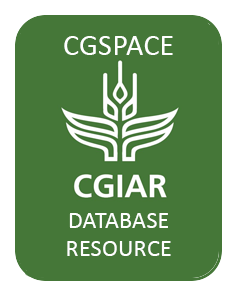Stakeholder Engagement Report: The Development of a National Framework for Weather, Water and Climate Services for Zambia (NFWCS-ZM)
The Ministry of Green Economy and Environment (MGEE) through the Zambia Meteorological Department (ZMD) hosted a three-day national Stakeholders’ Consultation Workshop at Urban Hotel in Lusaka, Zambia from 14 to 16 November 2023 to develop a National Framework for Weather, Water and Climate Services (NFWWCS) for Zambia. This workshop was held in accordance with the NFWWCS steps as provided by the World Meteorological Organization (WMO) Step-By-Step Guidelines for National Framework for Weather, Water and Climate Services.

